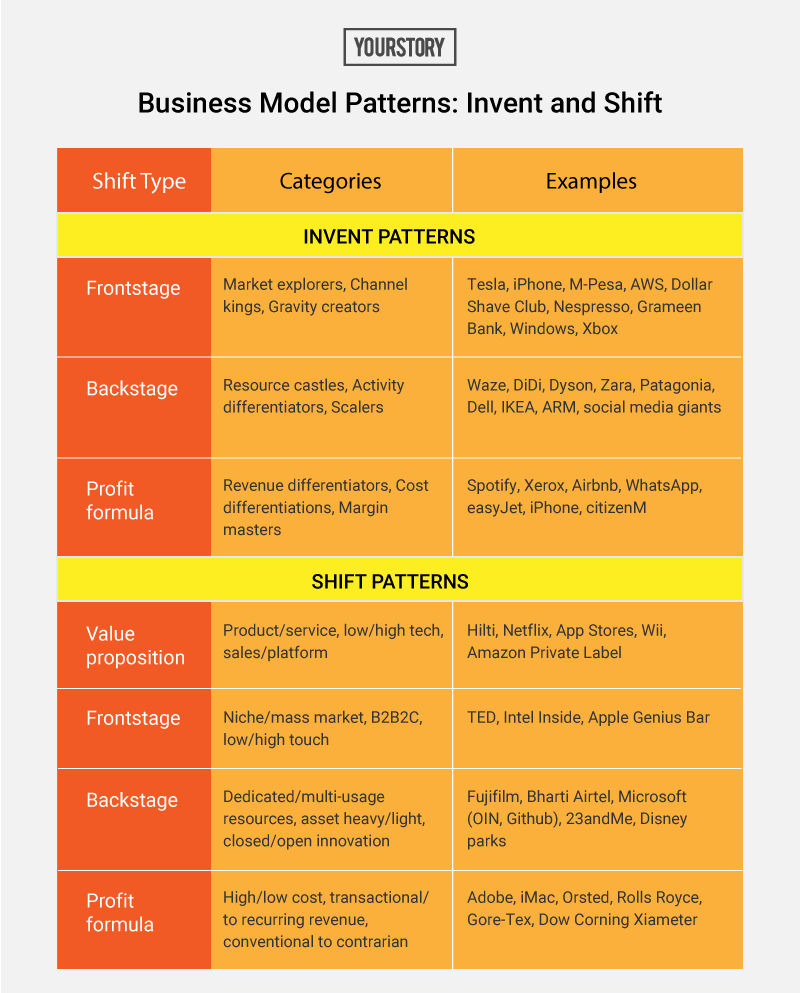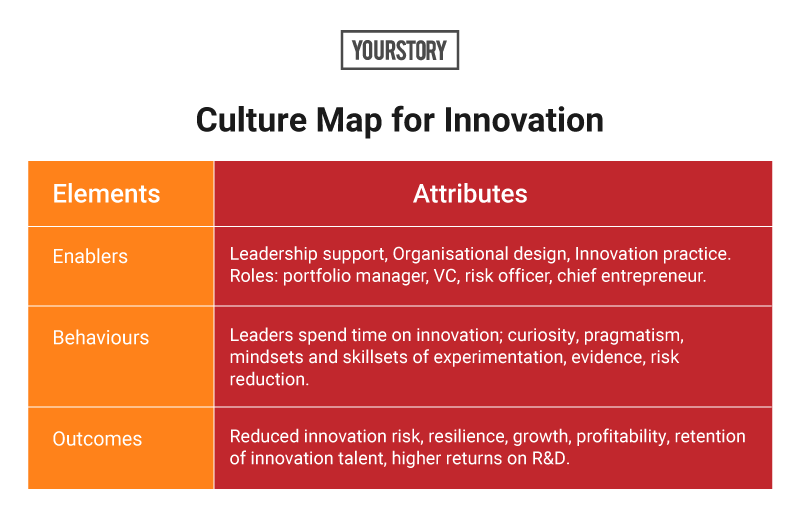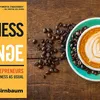Launched in 2012, YourStory's Book Review section features over 270 titles on creativity, innovation, knowledge work, and digital transformation. See also our related columns The Turning Point, Techie Tuesdays, and Storybites.
The Invincible Company is the fourth in the book series by innovation consultancy Strategyzer, and is authored by Alex Osterwalder, Yves Pigneur, Fred Etiemble, and Alan Smith. The earlier bestsellers are Business Model Generation, Value Proposition Design, and Testing Business Ideas.
“You’re holding a guide to the world’s best business models,” the authors write. The 380-page book is packed with descriptions of successful business models across categories, as well as connections and patterns underlying such models and the lessons they offer for cultural transformation in business.
This is one of the rare innovation books that appeals to startups as well as corporate innovators, and provides broad overviews along with in-depth profiles. The design of the book is outstanding, and the material is presented in a visually-appealing manner that invites browsing as well as in-depth analysis.
Here are my three key clusters of takeaways from this must-have book, summarised as well in the tables below. See also my reviews of the related books, The Startup Way, Igniting Innovation, The Innovation Code, The Innovator’s Path, The Innovation Formula, and The Innovation Engine.
YourStory's Startup Hatch series of accelerator profiles shows how corporates are engaging with the startup ecosystem for innovation.
I. Explore and exploit
An invincible company is one that constantly reinvents itself before it comes obsolete, the authors begin. “It explores the future, while excelling at exploiting the present. It creates an innovation and execution culture that lives in harmony under the same roof,” they explain.

Invincible companies transcend industry boundaries, as seen in the examples of Amazon, Apple, Tencent, and Ping An. “They keep a culture of ‘Day One’, maintaining a startup spirit,” the authors observe.
Invincible companies have an ‘explore’ as well as ‘exploit’ portfolio. Successful new offerings (‘rising stars’) are shifted from the ‘search’ portfolio to the ‘grow’ portfolio.
In the search stage, the choices are preserve, pivot, or abandon; successful offerings will be retained or spun off (rather than terminated). In the exploit portfolio, choices include merge (from explore stage), dismantle or divest.
“Turning an idea into a real business will always remain an art, even with the most rigorous testing process,” the authors emphasise. Intuition and pattern recognition are more of an art, and come from experience.
In the ‘explore’ stage, innovation metrics should cover reduction of risk, expected profitability, and learning velocity. The offering should ultimately have a ‘strategic fit’ for the company.
The authors draw on Clayton Christensen’s classification of innovation into three types: transformative (radical change, developed by separate teams), sustaining (strengthening existing business models, eg. new channels or geographies), and efficient (operational improvement).
The innovation path and portfolio choices will be determined by the company’s strategic direction, organisational culture, and brand image. Innovation success is determined by traditional R&D as well as “business R&D” and execution, the authors explain.
Examples include Nestle and Gore’s portfolio strategies, Sony’s Startup Acceleration Programme, Bosch Accelerator Programme, Unilever’s sustainable living positioning, Logitech’s shift from the PC market to design-led peripherals, and Fujifilm’s shift to LCD and cosmetic chemicals.
II. Business model patterns
The bulk of the book focuses on two types of business model patterns at the ‘explore’ and ‘exploit’ stages – invent and shift patterns. The visual presentation and categorisation of examples in this section are outstanding.
For example, “market explorers” unlock untapped or underserved markets. “Gravity creators” make it difficult for customers to switch to competitors. “Resource castles” create insurmountable moats, sometimes based on heavy R&D. “Activity differentiators” improve supply chains. “Revenue differentiators” capture more value through better pricing mechanisms.

In contrast, ‘shift’ models involve transformation from a declining business model to a more competitive one, the authors explain.
Examples include Hilti (from sales of tools to a service package), Netflix (from DVDs to streaming), Nintendo Wii (low cost consoles for casual gamers), TED (from conferences to global streaming), 23andMe (DNA testing kits, big data sets), and Adobe (shift to SaaS).
III. Organisational culture
The last section of the book describes how companies can create organisational cultures that combine ‘explore’ and ‘exploit’ mindsets and skillsets. Validation of new risky ideas should be combined with systematic management of existing businesses.
“Cultivating corporate culture is like a garden,” the authors evocatively explain. They draw from examples like Amazon’s shareholders letters, which emphasise bold investments even in the face of uncertainty, customer obsession, learning from failure, and rollout of offerings like Alexa and AWS.
“Exploration and execution form a true partnership to manage the present and explore the future,” the authors emphasise. Innovation as a career path should be clearly spelt out, otherwise talented innovators may leave for a competitor or a startup.
Leadership support is given for strategic innovation, exploration budgets, and access to customers. Organisational design should involve incentivising entrepreneurial behaviour, giving autonomy and training, and connecting new offerings to the core activities.

Failures should not be penalised, but treated as learning opportunities. Different kinds of skills call for training at the phases of discovery, validation, and scaling, the authors map out.
In the long run, entrepreneurial leadership in invincible firms helps stay inventive, risk-tolerant, market-oriented, and pragmatic. Leaders of such firms are “incredibly agile intellectually”, the authors observe, pointing to Steve Jobs, Jeff Bezos, and Elon Musk as exemplars.
Such leaders are captivating communicators and action-biased. They display a “crazy work ethic and set high standards for themselves and others”, the authors observe.
In sum, the book provides an excellent blend of innovation frameworks, case studies, tools and guides for reflection. Corporate innovators, scale-stage startups, and aspiring entrepreneurs would do well to draw on the practical advice and inspirational figures profiled in the book.
YourStory has also published the pocketbook ‘Proverbs and Quotes for Entrepreneurs: A World of Inspiration for Startups’ as a creative and motivational guide for innovators (downloadable as apps here: Apple, Android).
Edited by Kanishk Singh
Link : https://yourstory.com/2020/10/invincible-company-innovation-business-models
Author :- Madanmohan Rao ( )
October 20, 2020 at 07:15AM
YourStory

